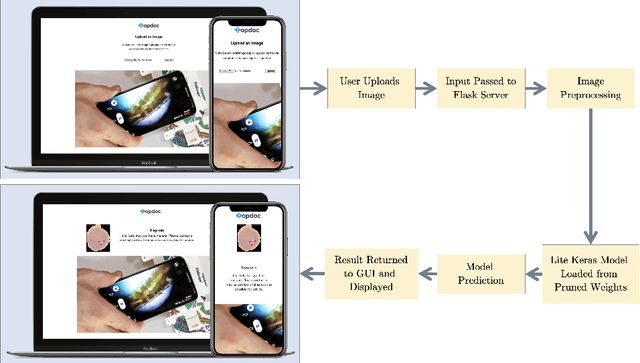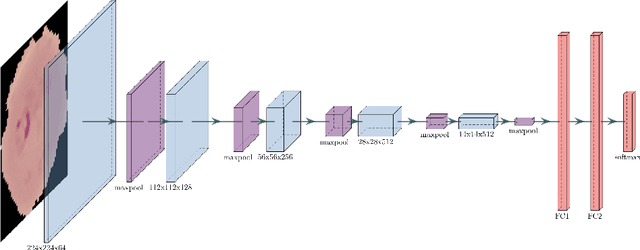End-to-end Malaria Diagnosis and 3D Cell Rendering with Deep Learning
Paper and Code
Jul 08, 2021

Malaria is a parasitic infection that poses a significant burden on global health. It kills one child every 30 seconds and over one million people annually. If diagnosed in a timely manner, however, most people can be effectively treated with antimalarial therapy. Several deaths due to malaria are byproducts of disparities in the social determinants of health; the current gold standard for diagnosing malaria requires microscopes, reagents, and other equipment that most patients of low socioeconomic brackets do not have access to. In this paper, we propose a convolutional neural network (CNN) architecture that allows for rapid automated diagnosis of malaria (achieving a high classification accuracy of 98%), as well as a deep neural network (DNN) based three-dimensional (3D) modeling algorithm that renders 3D models of parasitic cells in augmented reality (AR). This creates an opportunity to optimize the current workflow for malaria diagnosis and demonstrates potential for deep learning models to improve telemedicine practices and patient health literacy on a global scale.
 Add to Chrome
Add to Chrome Add to Firefox
Add to Firefox Add to Edge
Add to Edge